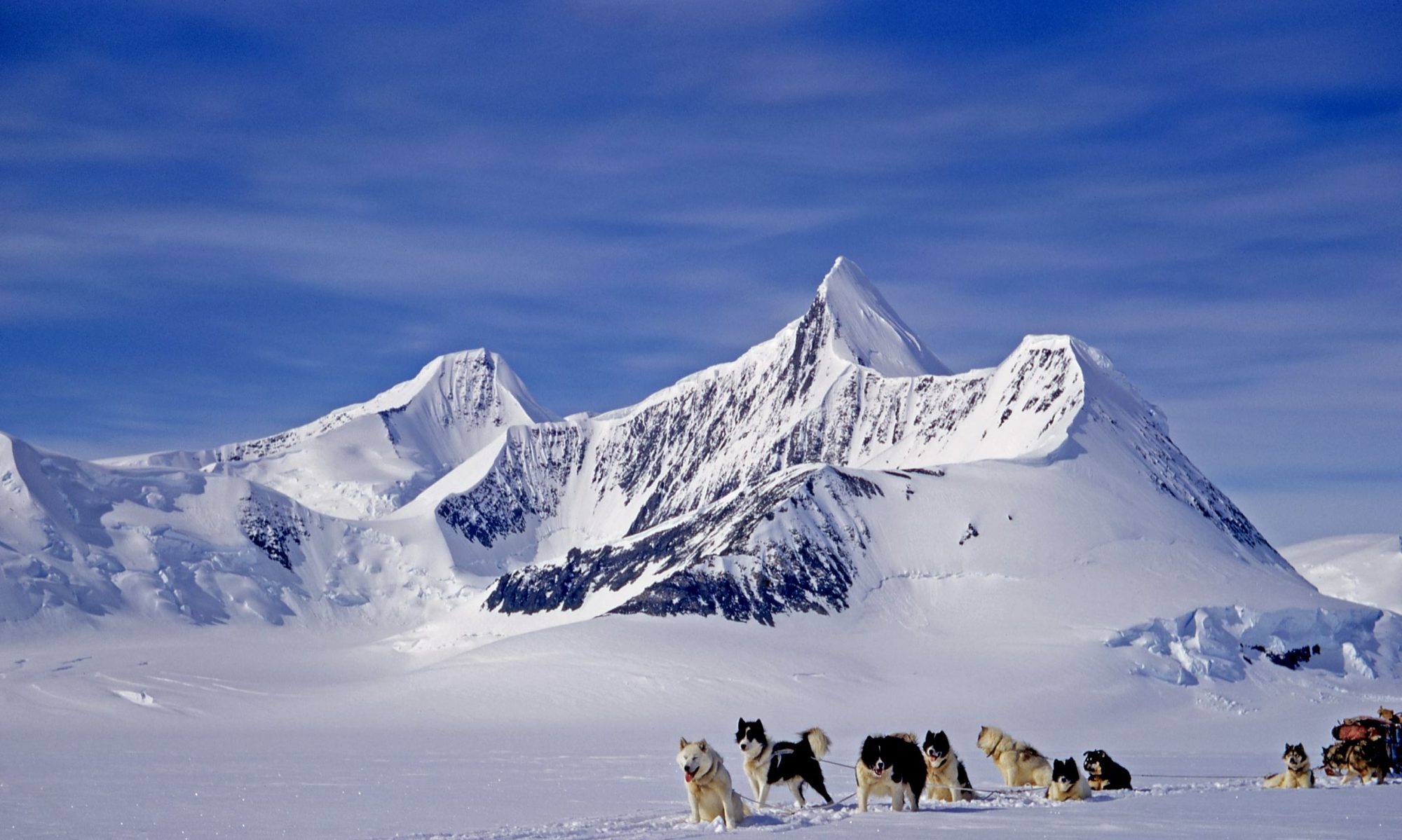An Epilogue to Fids
As it was… (with Thanks to the BAOHP)
Nick Beer: I think Antarctica is really a special place and working with like-minded people from all walks of life makes BAS a great organisation to work for. I was always really interested in the scientific work that the ship was doing. I am not a scientist and couldn’t even pretend to offer anything to the scientists’ research programmes but it was very rewarding to know more about what was going on onboard the ship and to be able to understand what the ultimate goal was, and how the ship’s Master and ship’s crew were contributing to that… the fact that you were part of this big family was a great incentive.
As the ship’s crew, on the voyage south we got to know these young men… they were all men then. We took them down. We saw them in the intervening year, when they were on base, when we were delivering their mail and their supplies and then, eventually, we brought them out. We could appreciate the change that had occurred to them, We shared their excitement really and some responsibility because, at that time, the ships’ Masters represented senior BAS management in the Antarctic. The Masters responsibilities weren’t confined to the ship, they carried out inspections of the bases and, if there were problems that needed BAS management to intervene, then the ships’ Masters performed that role as well. We were very much part of the whole exciting Antarctic scientific project. That was terrific for somebody like me who otherwise would be just driving cargo from one place to another.
BAOHP: There is quite a nice passage in one of your reports that talks about how the scientists and the FIDS and the seamen all worked together to load and unload at a Base. That was a good time for bonding and morale.
Nick Beer: It was but it also highlighted one of the barriers that had to be taken down, because some scientists did not want to be called FIDS. You will be aware that FIDS was the generic term for those that are going down to the Antarctic bases… those that we were carrying as ‘passengers’ on board , taking them to the Antarctic base where they would be carrying out their scientific and support work. Although they were passengers they were officially designated ‘supernumeries’ and they had to work on board assisting with the cargo work and ship’s maintenance. This was an example of the benefits derived from all working for the same organisation with the same ultimate goals
FIDS were part of a team which the ship’s crew was also a component part – the big BAS team. When the John Biscoe became a platform for marine science as well as a logistics support ship some aspects of life on board became a bit more complicated. The scientists, whose work place was on board, the true marine scientists… disliked being called FIDS. There were several occasions, when the ship was performing her dual role, when, the fact that the marine scientists were also part of the larger BAS team had to be put to the test. When we visited a base, for instance, where other BAS employees were living and carrying out their own science, and when labour was needed in order to unload and transport supplies ashore. Many of the marine scientists were reluctant to help; they did not see it as part of their responsibility. They did not feel that was in their job description to go down into the hold and help load cargo and transport it ashore. However, like it or not, they were part of our (BAS’s) labour force. That was the way that Antarctic marine logistics worked. The scientists, or the FIDS, provide the essential labour, the muscle, to make it all work.
Nick Beer
(I joined BAS in 1972 as a junior officer on Bransfield. I became Chief Officer on Bransfield in 1974 and served in that rank until 1980 when I transferred to John Biscoe for two seasons. I did the maiden voyage of Polar Stern as the Ice Pilot in the 83/84 season. I spent another 3 seasons on Bransfield as Chief Officer before being appointed as Captain to oversee the design and build of James Clark Ross. I sailed on her for her first three seasons until coming ashore in 1994 to join the UK Government’s Marine Accident Investigation Branch.
